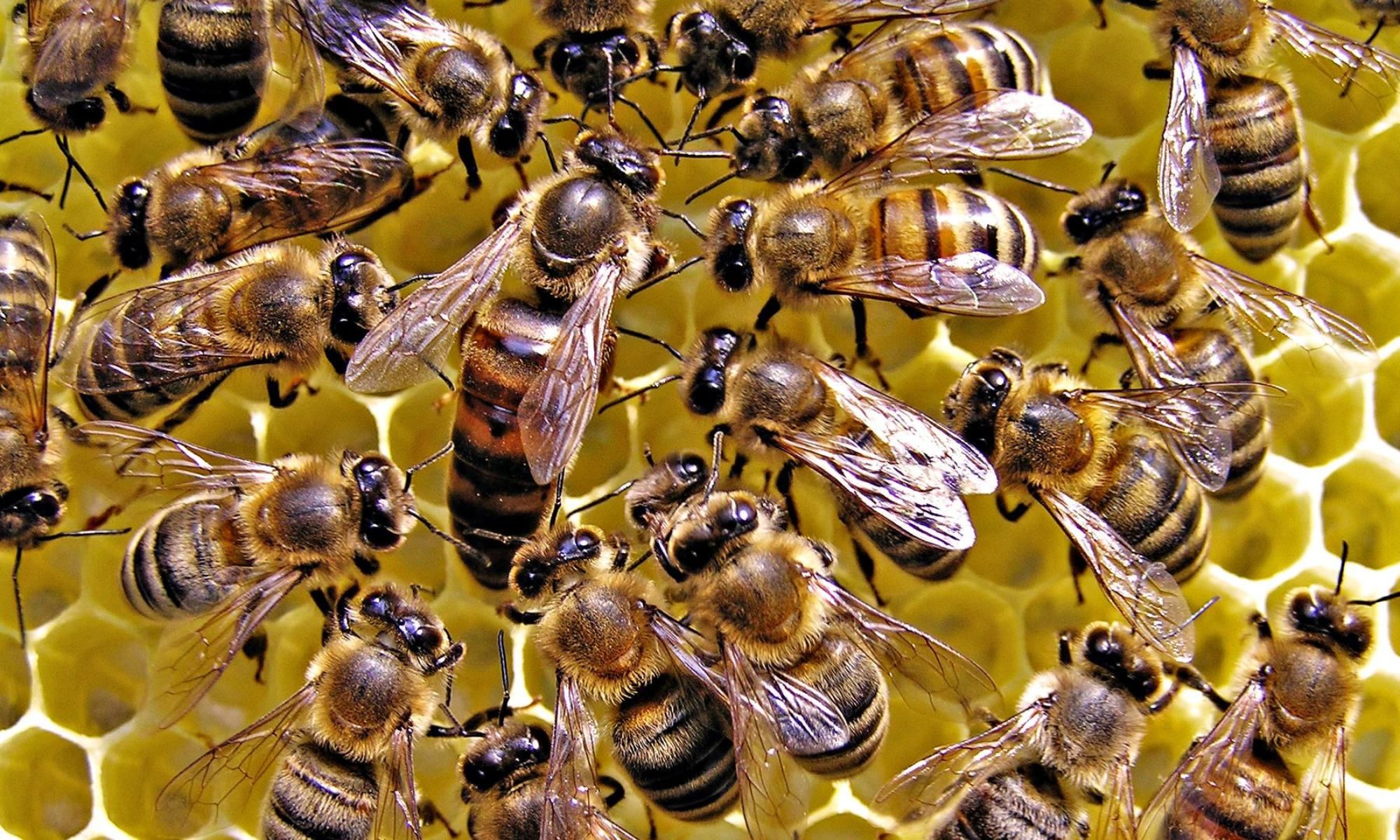Of course, some workers are needed to go find food for the colony, mainly in the form of nectar and pollen. These workers aren’t just selected at random, but are the older bees of the colony that have gone numb to the effects of QMP. Their receptors have been over-stimulated and, thus, require higher doses in order to feel their effects. In fact, they begin to express a dislike for QMP, sometimes avoiding it whenever possible. However, since the concentration of QMP won’t increase, the expression of “foraging genes” begins.
This can be summed up in the expression of the Amfor gene, which codes for 3′, 5′-cyclic guanosine monophosphate (cGMP)-dependent protein kinase (PKG). Other genes include genes related to phototransduction processes and antibacterial peptide biosynthetic processes.
The mushroom bodies, as mentioned in the previous post, are responsible for olfactory and mechanosensory inputs, as well as gustatory inputs and higher-order thinking. As the bee becomes less responsive to QMP, their brains begin to change and all of their original functions are enhanced. The higher-order thinking is only possible through the development of the mushroom bodies and provides the bee with mental capabilities like memory and problem solving.
The increase of JH in the body of workers is linked to the decrease of Vg in their bodies. And because of this decrease in Vg, the number of hemocytes in the hemolymph also decreases, making them more susceptible to disease. However, because of the expression of antibacterial peptide biosynthetic processes, forager bees gain a sort of immune system, where they actually undergo fever-like symptoms that humans go through when sick.
